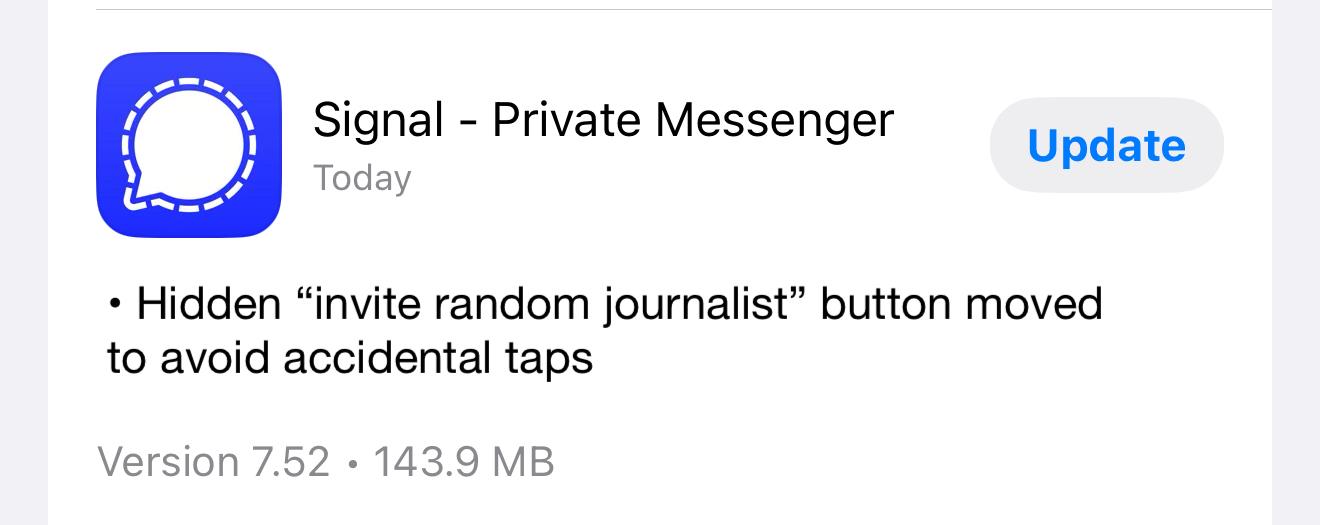Posts
2509Following
650Followers
1473David Gerard
davidgerard@circumstances.runSam Altman’s Studio Ghibli memes are another distraction from OpenAI’s money troubles
https://pivot-to-ai.com/2025/03/27/sam-altmans-studio-ghibli-memes-are-another-distraction-from-openais-money-troubles/ -text
https://www.youtube.com/watch?v=38T84uF771U - video
Brian Merchant
brianmerchant@mastodon.socialOpenAI is using Studio Ghibli-style memes as an ad hoc promotional campaign for its new image generator—despite Ghibli founder Hayao Miyazaki's famous hatred of AI. Sam Altman even made his X avatar a 'Ghiblified' portrait.
Disgracing Miyazaki is part of the point: It's more proof to the industry's biggest boosters that they have won—that they're free to use, appropriate, and commoditize art however they see fit.
https://www.bloodinthemachine.com/p/openais-studio-ghibli-meme-factory
Boris Larin
oct0xor@mastodon.socialThe root cause of the Chrome 0-day logical vulnerability CVE-2025-2783, which we discovered used in attacks with sophisticated malware, also affects the Firefox! New CVE-2025-2857 has just been fixed in Firefox 136.0.4 https://www.mozilla.org/en-US/security/advisories/mfsa2025-19/
Ivan Ožić Bebek
obivan@infosec.exchangeCVE-2025-27407: Inside the Critical GraphQL-Ruby RCE Vulnerability https://cenobe.com/blog/cve-2025-27407/
buherator
buheratorhttps://www.horizon3.ai/attack-research/crushftp-authentication-bypass-indicators-of-compromise/
CVE-2025-2825
buherator
buheratorhttps://www.thezdi.com/blog/2025/3/20/mindshare-using-binary-ninja-api-to-detect-potential-use-after-free-vulnerabilities
buherator
buheratorhttps://u1f383.github.io/linux/2025/03/27/the-evolution-of-COW-1.html
buherator
buheratorhttps://www.youtube.com/watch?v=rySEk-eXFaY
#Hungary
Anderson Nascimento
andersonc0d3@infosec.exchangewait3() system call as a side-channel in setuid programs (nvidia-modprobe CVE-2024-0149)
buherator
buheratorhttps://www.openwall.com/lists/oss-security/2025/03/27/6
This weeks published vulnerability research is strong enough already, now Qualys enters the party.
buherator
buheratorlown
lown@hachyderm.ioMy small child BlogFlock (https://blogflock.com) is a social RSS feed reader - share the blogs you follow with friends and strangers!
BlogFlock will always be free to use and never show you ads.
But running a feed aggregator is expensive at scale.
On top of BlogFlock's pretty decent feature set (if I say so myself), what features or service guarantees would convince you to spend $25/year on a social feed reader?
Marco Ivaldi
raptor@infosec.exchange"The designer of a new system must not only be the implementor and the first large-scale user; the designer should also write the first user manual. If I had not participated fully in all these activities, literally hundreds of improvements would never have been made, because I would never have thought of them or perceived why they were important."
-- Donald Knuth, “The Errors of TeX”
blasty
bl4sty@bird.makeuplooks like the AI + MCP-assisted reverse engineering hype train is gaining steam! 🚂✨
in just the past few days, we've seen:
• @itszn13 integrating MCP into @vector35’s Binary Ninja (https://x.com/itszn13/status/1903227860648886701)
• @jh_pointer casually dropping his IDA MCP project, which I had to nerdsnipe myself into trying (https://github.com/MxIris-Reverse-Engineering/ida-mcp-server, https://x.com/bl4sty/status/1904631424663379973)
• @mrexodia rolling out a clean (judging by a quick code quality check) MCP implementation for IDA (https://github.com/mrexodia/ida-pro-mcp)
• @lauriewired dropping GhidraMCP for @nsagov’s Ghidra (https://github.com/LaurieWired/GhidraMCP)
these tools are early-stage but already hint at the potential for interactive RE software running on (semi) autopilot.
makes me wonder—should we formalize a set of MCP primitives across RE tools and unify them under one overarching framework? 🤔
of course, these aren’t silver bullets. but much like typical LLM usage, in the right hands, they could be powerful time-savers.
curious to see what comes next! might be time for hacking competitions focused on small/constrained binaries to start thinking about countermeasures against AI-assisted cheesing. 👀
CryptPad
cryptpad@fosstodon.orgToday we are very proud to announce that the United Nations has switched from Google Forms to CryptPad Form for collecting endorsements on the UN Open Source Principles: https://unite.un.org/news/sixteen-organizations-endorse-un-open-source-principles
CryptPad Form is a full-fledged application allowing you to build privacy-preserving questionnaires for your respondents.
Try it for free, without even registering an account, on our CryptPad.fr flagship instance!
#UnitedNations #UN #Privacy #OpenSource #Forms #Studies #FOSS
Zion Leonahenahe Basque
mahal0z@bird.makeupLooking to write your own MCP for a popular decompiler? Check out our unified API that allows scripting in IDA, Ghidra, Binja, and angr. In the same few Python lines, you can make a struct, retype a function, and modify local vars. Check it out: https://github.com/binsync/libbs

